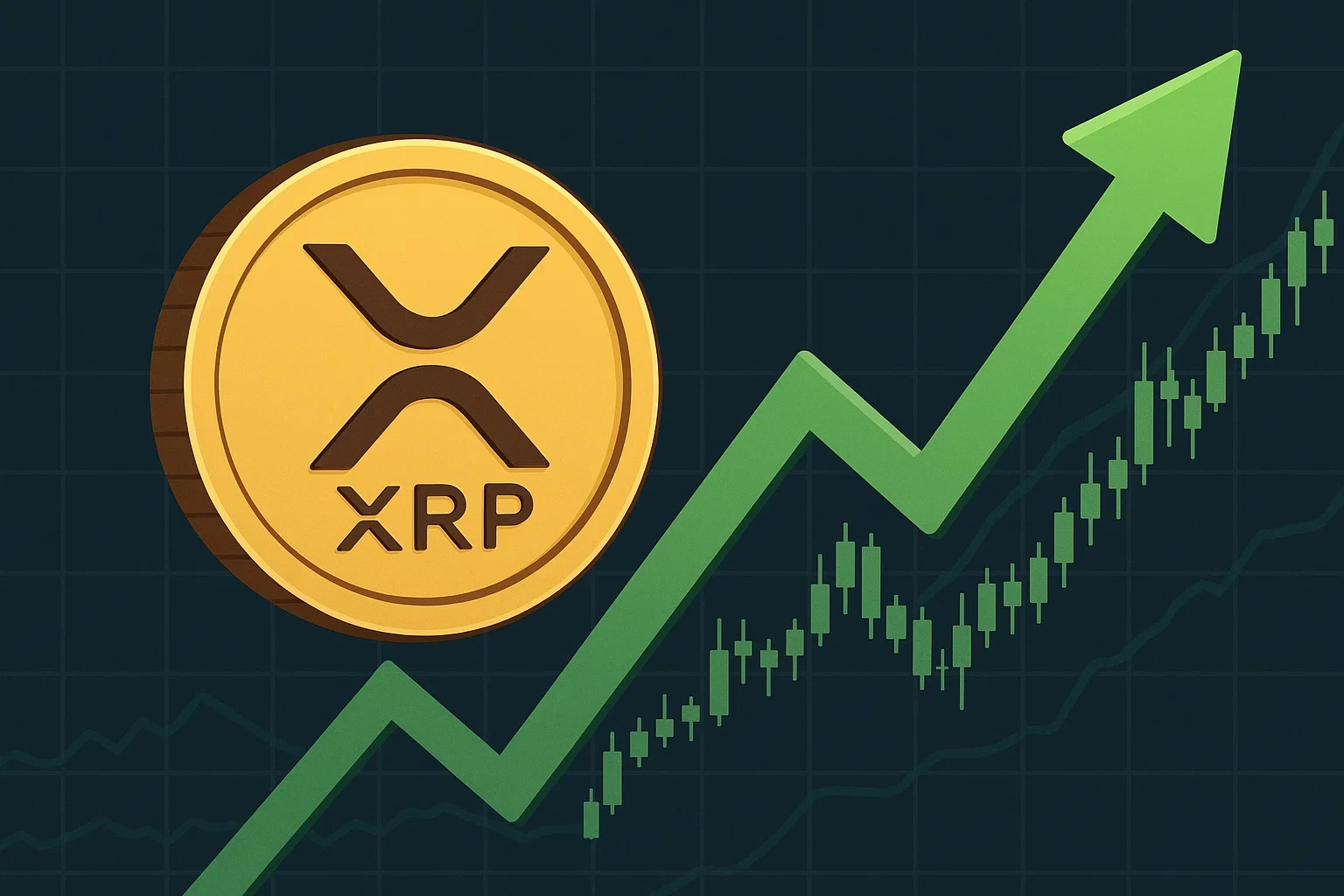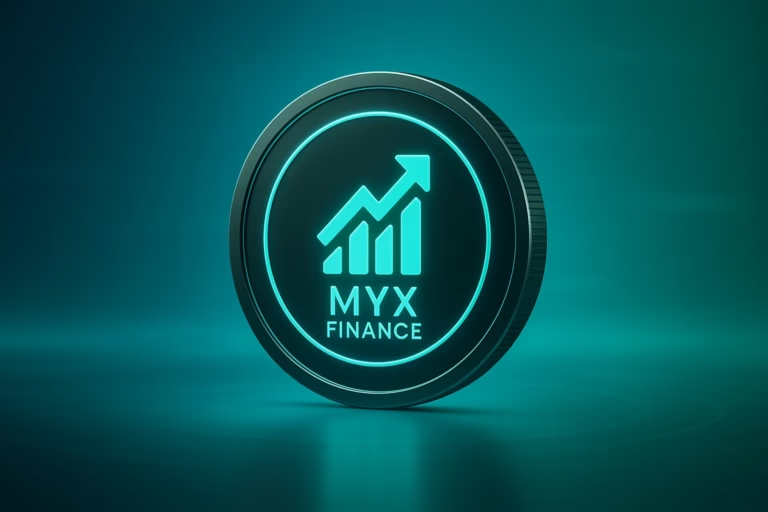
- XRP price in 2025 depends on regulatory clarity, institutional adoption, technology upgrades, and ETF approvals.
- Success in these areas could boost its value, while delays or competition may hold it back.
The price trajectory of XRP in 2025 may hinge on several critical developments, according to Forbes contributor Zennon Kapron. From regulatory clarity to institutional adoption and technological advances, these factors could either push XRP toward a new phase of growth or leave it trailing behind other digital assets.
ALSO READ:Ripple Expands in UAE with Zand Bank and Mamo Partnership
XRP Regulatory Greenlight Could Unlock U.S. Market Potential
One of the most significant drivers for XRP’s is the ongoing legal saga between Ripple and the U.S. Securities and Exchange Commission (SEC). The recent settlement agreement—where Ripple agreed to pay a reduced fine of $50 million—signals a step toward resolving this long-running dispute. However, court approval of this revised settlement still awaits after a procedural hiccup.
Notably, a 2023 court ruling declared XRP is not a security, causing the token to surge by 100% that day. Many investors are hopeful that a final resolution will fully reopen the U.S. market to XRP, attracting institutional players who had been cautious due to regulatory uncertainty.
Institutional Adoption and Real-World Use Cases
Forbes highlights that beyond regulation, the true test for XRP’s will be its real-world utility. Ripple’s payment solutions, particularly Ripple Payments (formerly On-Demand Liquidity), use XRP as a bridge currency for cross-border transactions. This provides a practical use case that could boost transaction volume and demand.
However, the adoption rate depends heavily on whether banks, fintechs, and payment platforms choose XRP over other alternatives, including stablecoins like Ripple’s own RLUSD. Some community voices worry XRP’s role may shrink to just covering transaction fees if adoption lags.
Technological Improvements Are Essential
XRP’s historically low transaction fees and fast processing times were once unique advantages. Today, with numerous competing blockchains and Layer-2 solutions emerging, these features are no longer enough to maintain a lead.
Kapron emphasizes that Ripple must continue enhancing its protocol to improve scalability, privacy, and interoperability with other major blockchains. These upgrades will be crucial to keep XRP relevant in an increasingly crowded crypto ecosystem.
XRP ETFs Could Boost Investor Access and Liquidity
A milestone worth noting is the launch of the first XRP ETF in Brazil, reflecting rising demand for structured XRP investment products. In the U.S., more than ten XRP’s spot ETF applications are under SEC review, with the Grayscale application decision expected soon.
While leveraged XRP ETFs have already gained regulatory approval, spot ETF clearance could be transformative, significantly expanding investor access and market liquidity.
Forbes concludes that XRP’s future hinges less on market speculation and more on genuine adoption metrics. If Ripple can convert its extensive partnerships into active XRP usage, 2025 might be a breakout year. Otherwise, stiff competition from stablecoins and evolving digital infrastructures could marginalize XRP’s further.
ALSO READ:Arthur Hayes -Ethereum Still Dominates Over Solana in Key Metrics
DISCLAIMER:
The views and opinions expressed herein are solely those of the author and do not necessarily reflect the views of the publisher. The publisher does not endorse or guarantee the accuracy of any information presented in this article. Readers are encouraged to conduct further research and consult additional sources before making any decisions based on the content provided.




